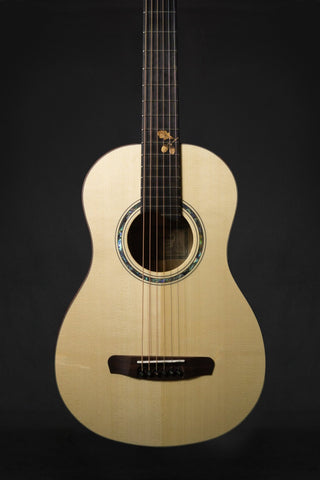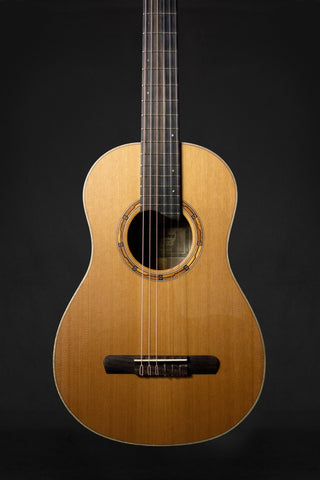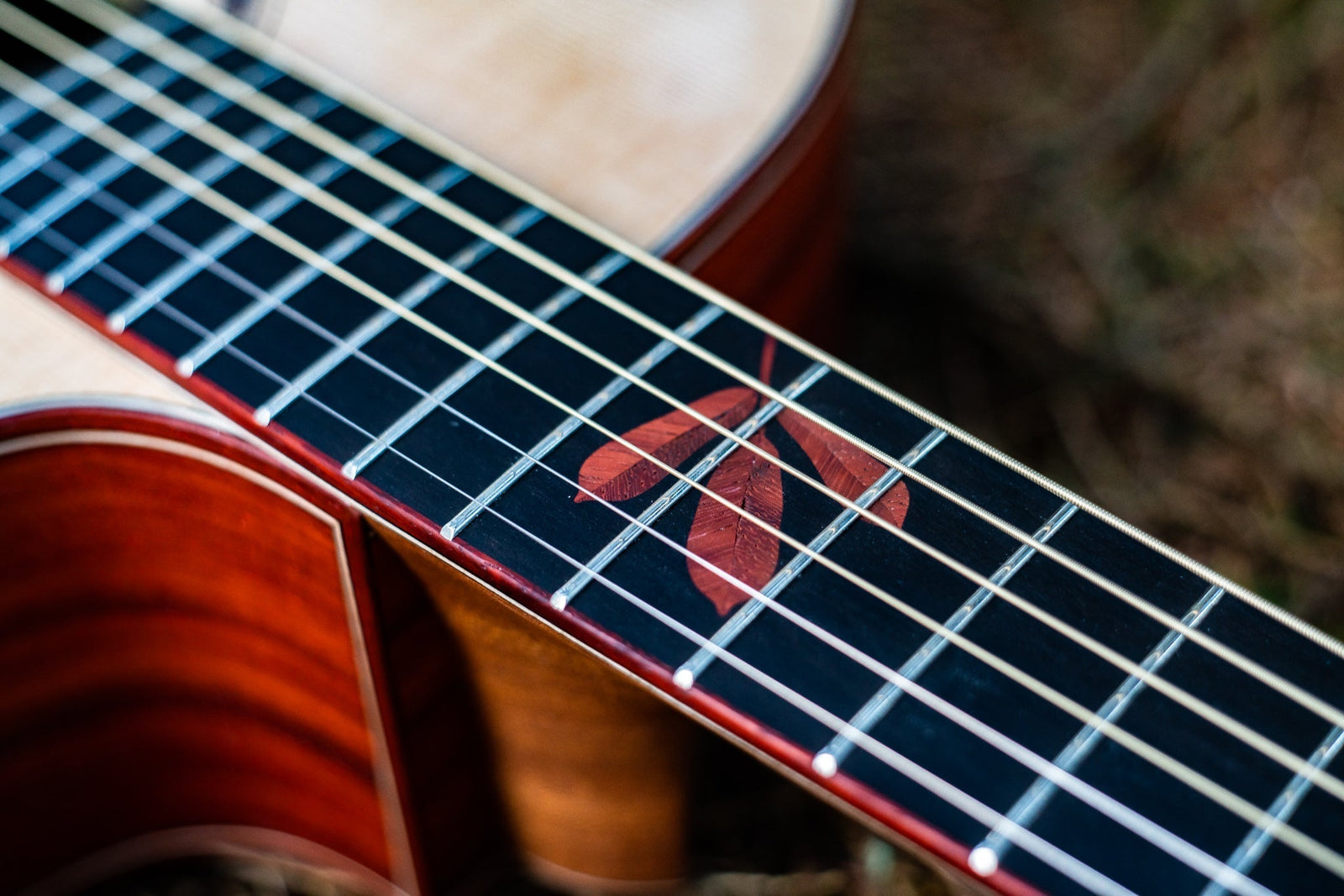Choosing the right soundboard material for your acoustic guitar is a critical decision that can significantly impact the instrument's tone and playability. Among the most popular choices are spruce and cedar, each offering its own unique sonic characteristics and aesthetic appeal.
Let's start with spruce.

Spruce is widely regarded as a classic choice for acoustic guitar soundboards due to its excellent strength-to-weight ratio and resonance properties. Typically sourced from regions like Switzerland, Canada, or Sitka in Alaska, spruce varieties such as Sitka Spruce (Picea sitchensis), Engelmann Spruce (Picea engelmannii), and Adirondack Spruce (Picea rubens) are commonly used in guitar making. These spruce varieties vary in density and grain patterns, which can subtly affect the instrument's tone.
One of the key attributes of spruce soundboards is their bright, articulate sound with strong projection and clarity. The high stiffness of spruce lends itself well to producing a focused sound with plenty of harmonic content, making it ideal for styles requiring precision and definition, such as bluegrass or fingerstyle playing. The attack of the sound is crisp and immediate, with notes ringing out distinctly.
On the other hand, cedar soundboards offer a warmer, more mellow tone compared to spruce.

Western Red Cedar (Thuja plicata), often sourced from the Pacific Northwest, is a popular choice for guitar soundboards. It has a lower density compared to spruce, which contributes to its softer, more responsive character. Cedar soundboards are known for their rich, complex overtones and quick response, making them well-suited for fingerstyle playing and genres where a more intimate, nuanced sound is desired.
When it comes to choosing between spruce and cedar, it ultimately boils down to personal preference and playing style. If you prioritize brightness, clarity, and projection, spruce might be the way to go. On the other hand, if you prefer a warmer, more dynamic sound with a softer attack, cedar could be the better choice.
In terms of aesthetics, spruce typically has a lighter, more uniform color with tighter grain patterns, while cedar tends to have a darker hue with more pronounced grain lines, offering a visually distinct look.
Regardless of your preference, both spruce and cedar are prized for their tonal qualities and are widely used by luthiers around the world to craft high-quality acoustic guitars. Whether you're a seasoned professional or a beginner, exploring the sonic characteristics of different wood types can lead to finding the perfect instrument that resonates with your musical expression.





